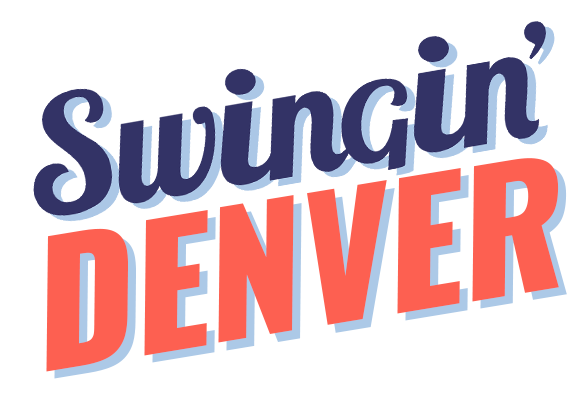Stuck in the 1910s is how I currently feel thanks to reading Danielle Robinson’s work. The most impactful article thus far has been The Ugly Duckling: The Refinement of Ragtime Dancing and the Mass Production and Marketing of Modern Social Dance. Take for instance this quote from Troy and Margaret West Kinney from Social Dancing of To-Day:
”Of the original [ragtime] 'trot' nothing remains but the basic step. The elements that drew denunciation upon it have gone from the abiding-places of politeness ... it prefers to be known as the [modern] One-Step. And in the desire for a new appellation it is justified, since no history ever so vividly recalled the fable of the ugly duckling.” followed by Danielle writing:
“While dance writers of the period might attribute such changes to natural aesthetic progression, I will suggest that they, like the particular notion of beauty suggested by the ugly duckling story, were deeply connected with aesthetic values that were distinctly racialized. But this is only half the story; I also argue that innovative mass marketing and production strategies of the 1910s worked together with contemporary conceptualizations of race to facilitate the birth of modern social dance and its supporting dance industry.”
For me learning and dancing swing in Kansas City in the late 90s, Jitterbug arose from the ballroom dance community where Black social dance was packaged, appropriated and commercialized for white audiences alongside neo-swing music. For example, I taught the Shim Sham, though traditionally done on the “8” like many vernacular jazz steps, on the “1” to supposedly facilitate learning since “learning to start on the ‘8’ was too hard.” Improvisation was rarely encouraged with dancers rarely having time to breath with an indeterminate amount of six count patterns interspersed with untold pretzels and similar shapes which demanded a follower’s attention less a partner’s shoulders got stretched beyond their limits. Leading and following properly was enforced with me, predominantly occupying the leader role, being told “if something didn’t go right, then it’s your fault.”
“Taylor-like emphasis on control, however, enabled modern dance teachers to exert greater influence over social dancing practices through a strategic highlighting of 'correct' technique and a de-emphasis on independent choice making by dancers.”
“It also meant that modern dance re-asserted a male-centrism on the social dance floor -even though, or perhaps because, teaching dance during the early twentieth century had the potential to 'empower . . . women to claim a new professional identity' and dancing in public spaces 'afforded women a certain autonomy.'“
Besides eliminating kinesthetic elements that spoke to Lindy Hop’s Black roots, you’ll also see swing dance schools avoid mentioning its Black roots in writing. Contrast that with Katrina Rogers’ upcoming Blues Dance Series leading with Black Vernacular Expression in the title or 5th Element Center for Dance in Aurora writing this under Jazz - “Jazz dance originated from Black communities in the late 1800s & 1900s. It combines performance with social & cultural dances that were emerging at the time of its development.” In Grey Armstrong’s most recent iLindy blog post, a Black dancer shared - “I would love to see the history and culture acknowledged on a regular basis. It was created for Black folk by Black folk and was (as were most things) stolen and sold back to us.” What is preventing others from talking about and marketing the Black roots of vernacular dances?
”For this reason, ragtime was perceived as black, owing to the 'one drop' rule for black racial identity that operated during this period. The refinement process then, involved the removal of ragtime's blackness in part because 'black' was not yet marketable in American culture, as it would become in limited ways in the 1920s. This problematic marketability, I would argue, can be linked to ragtime's implied miscegenation and thus, its threat to dominant ideologies of race purity and the idealization of American national identity as 'white'.”
For Swingin’ Denver, we used to allude to the Black roots of the dance without being explicit such as what’s in an old Groupon deal, “In fact, the jitterbug is notable for a different reason: though it has a different name, it’s exactly the same dance as the original version of swing, the Lindy Hop, which emerged in Harlem’s Savoy Ballroom in the mid-1920s.” or we’d center ownership with white America - “Here's your chance to learn America's dance, the lindy hop.” It’s difficult to recall my reasons ten years past, but I recall imitating others and still feeling shame and embarassment from my Kansas City days. Fortunately, Lindy Focus introduced me to Breai Mason-Campbell where I was challenged to do better and grapple with my past and the feelings around those days.
In fact, all of us can likely do better. The past, whether our own or others, need not define our present and future actions.

